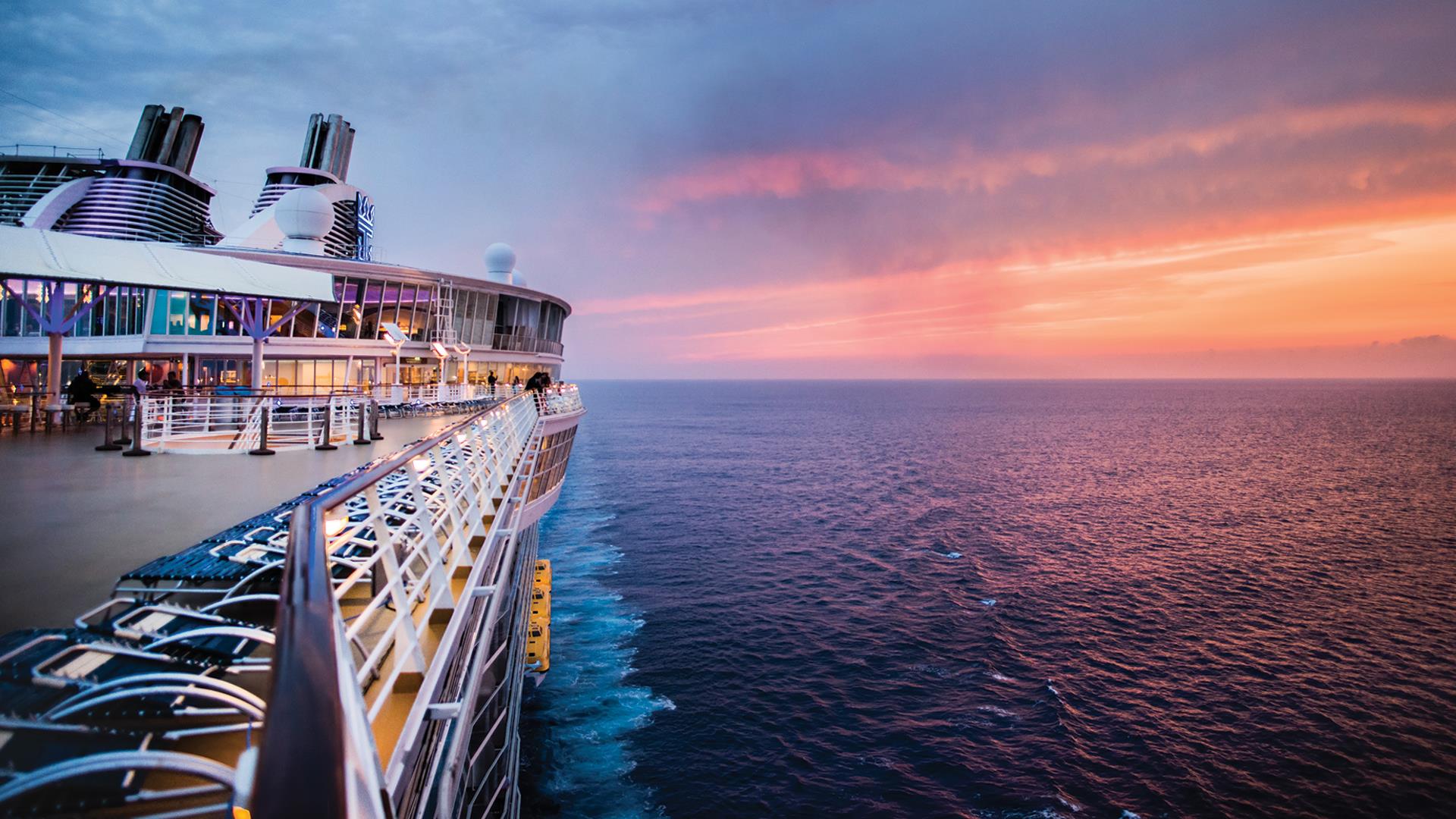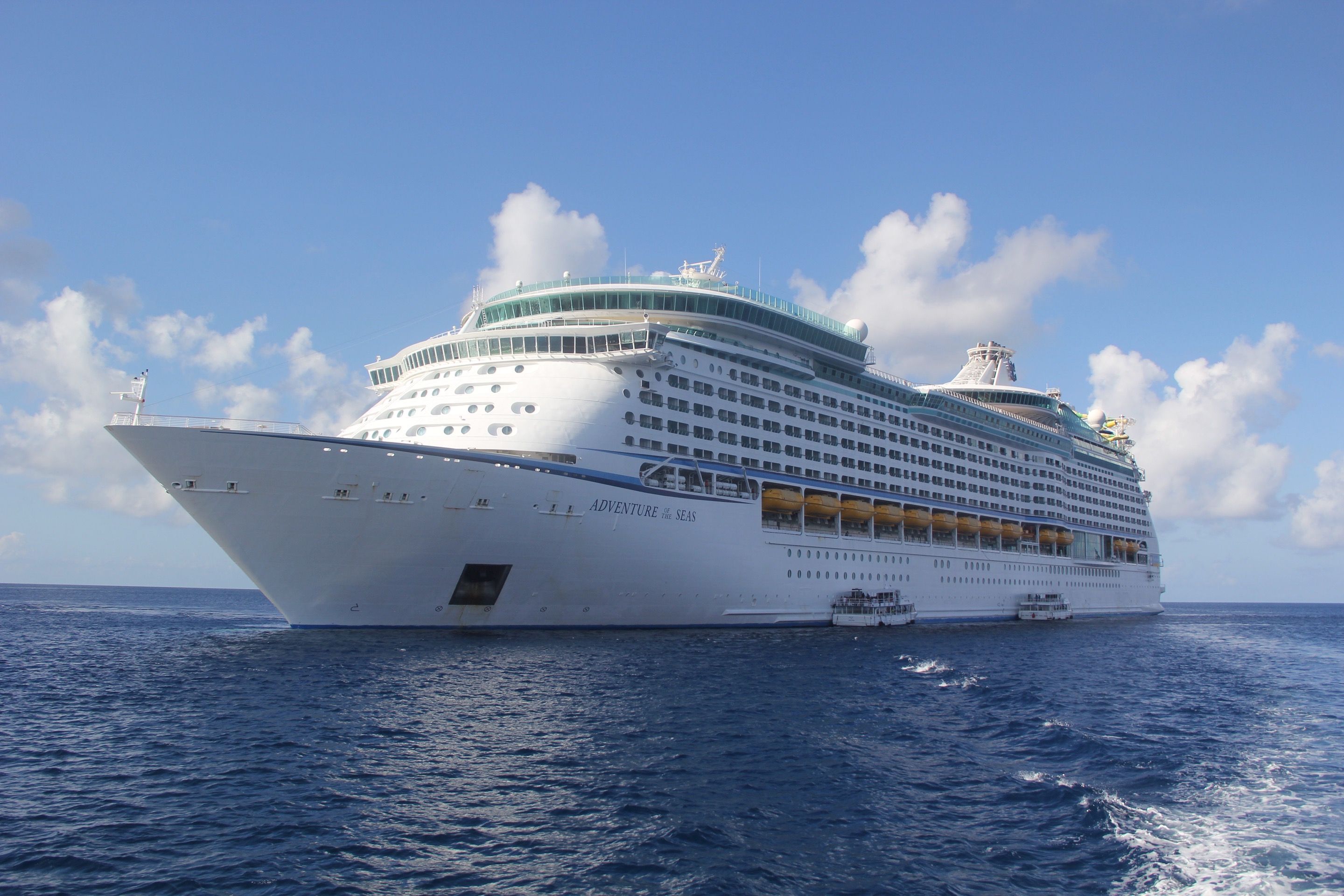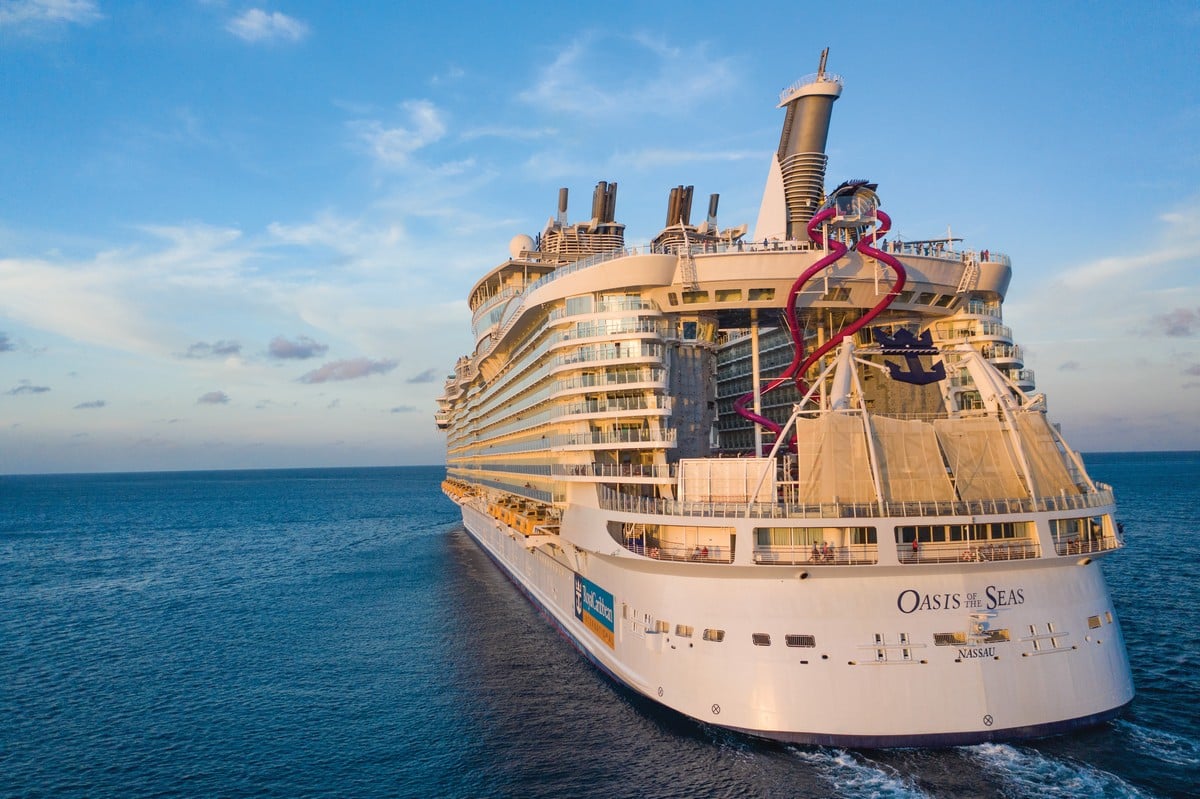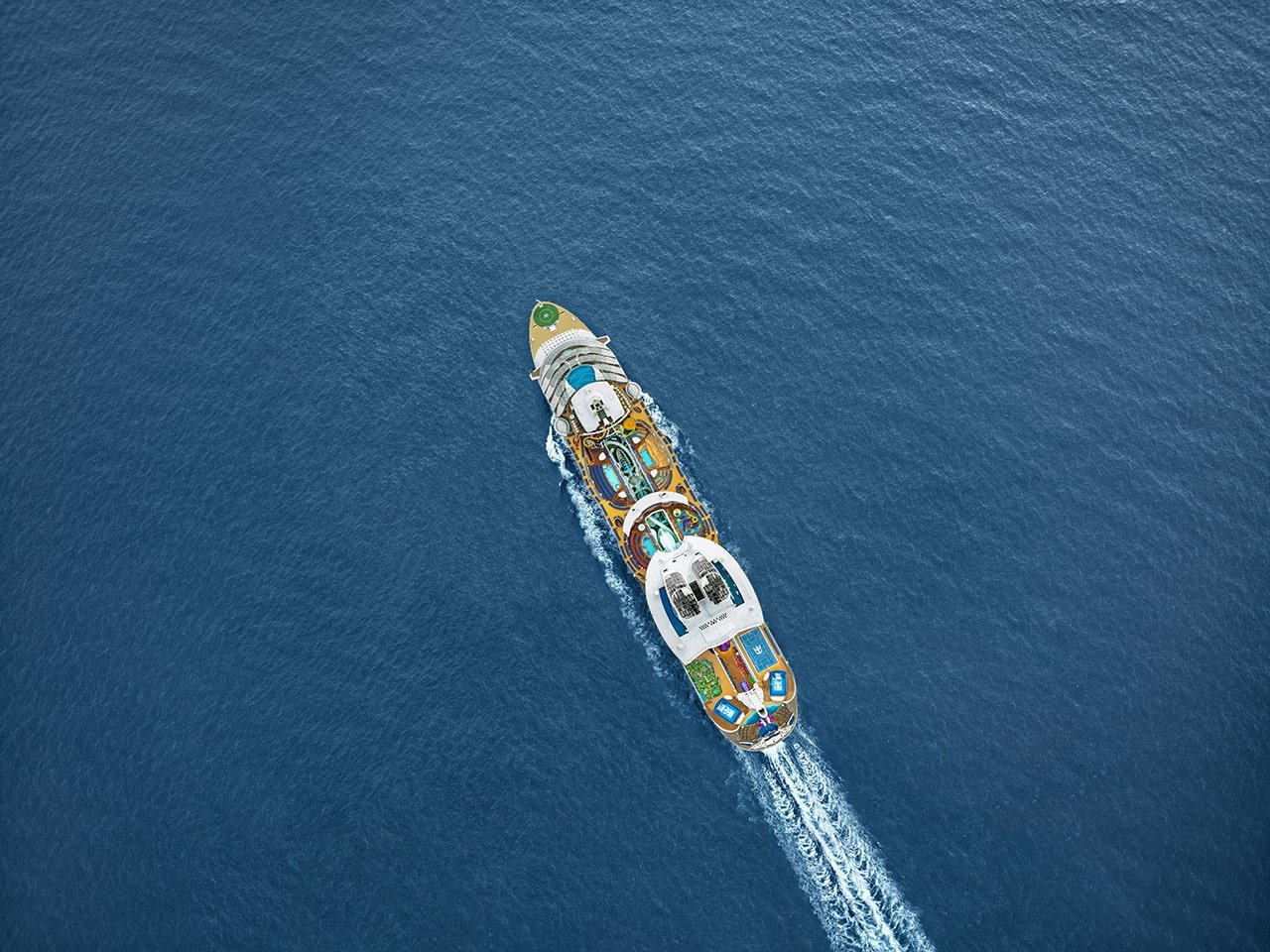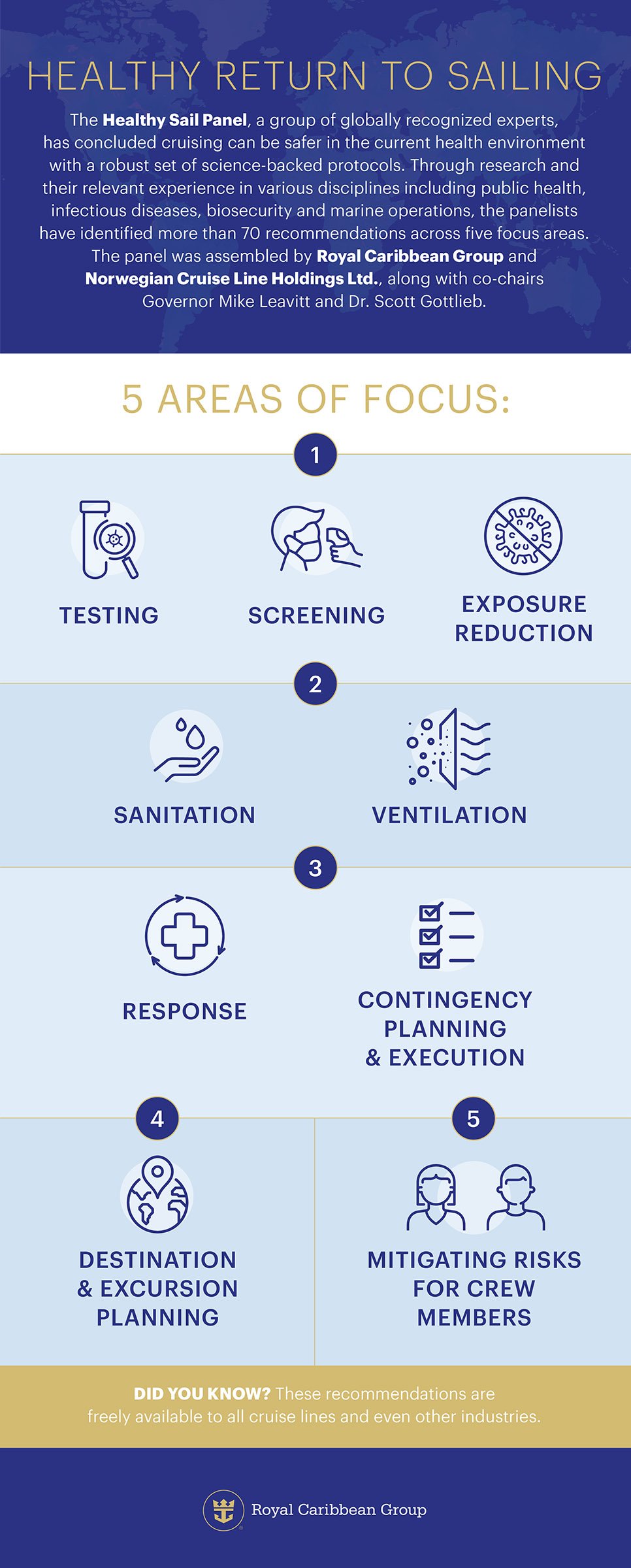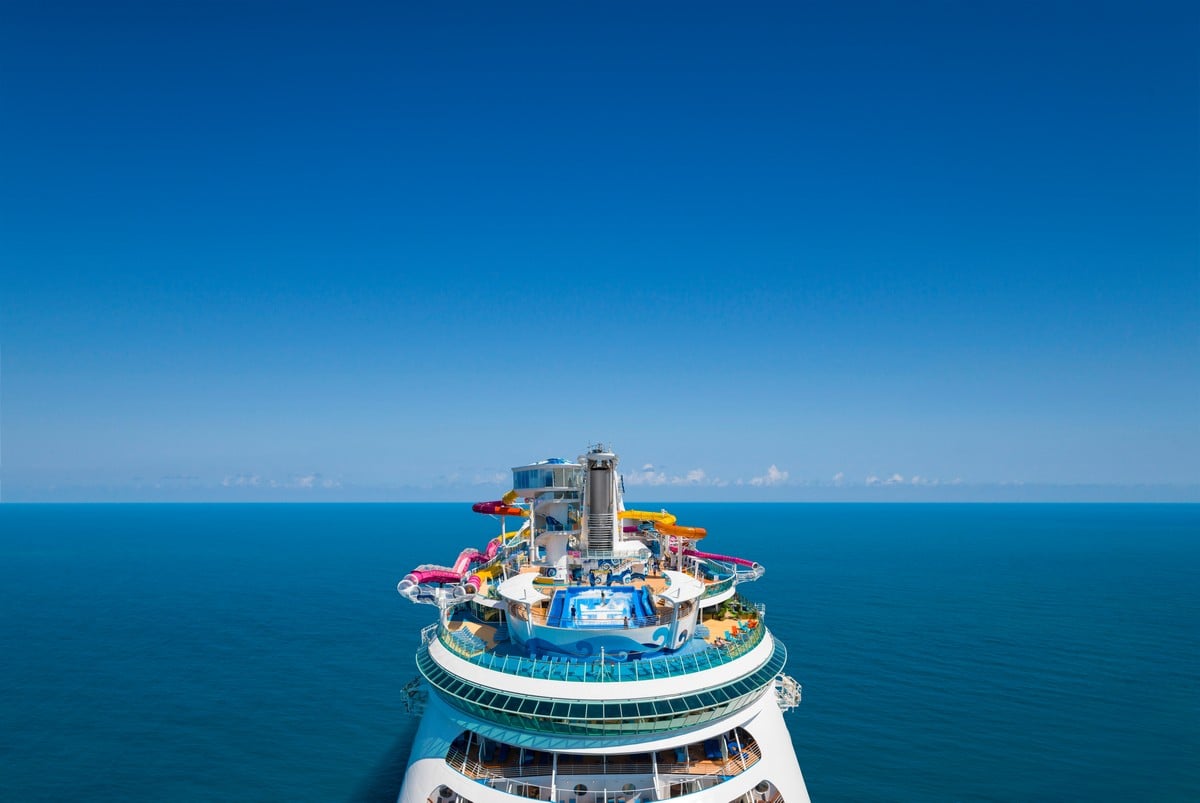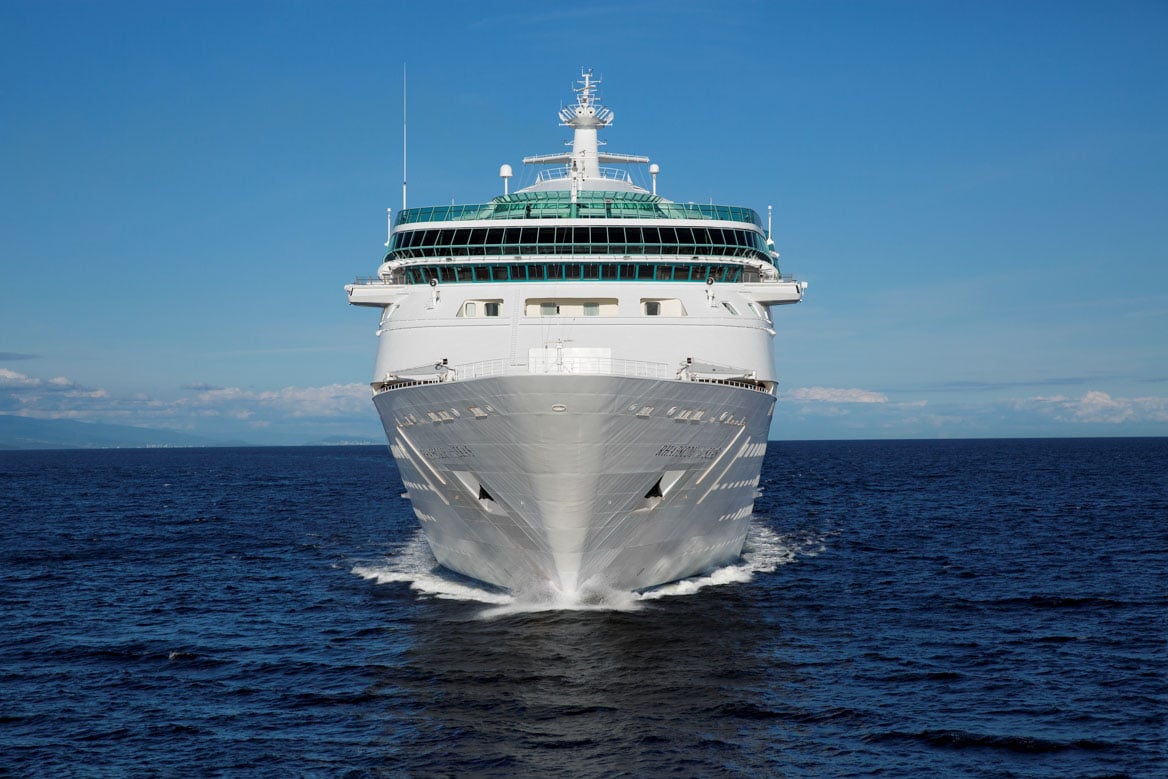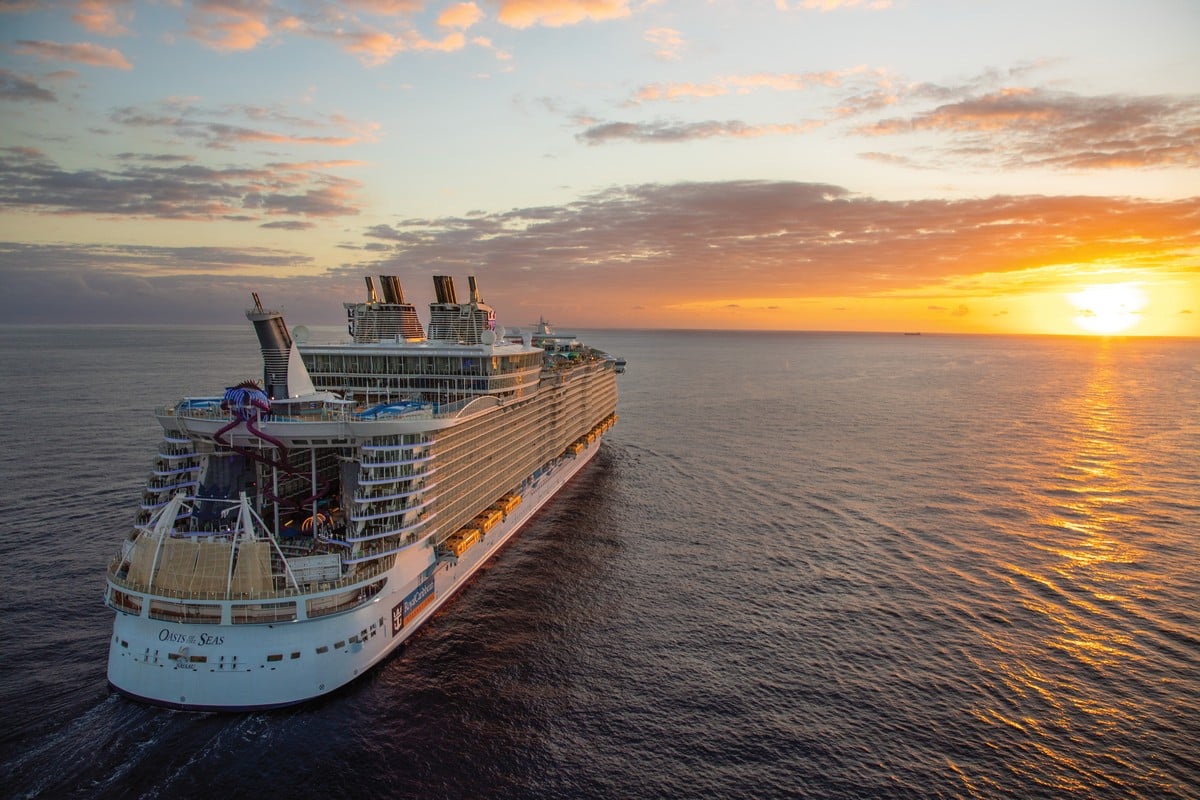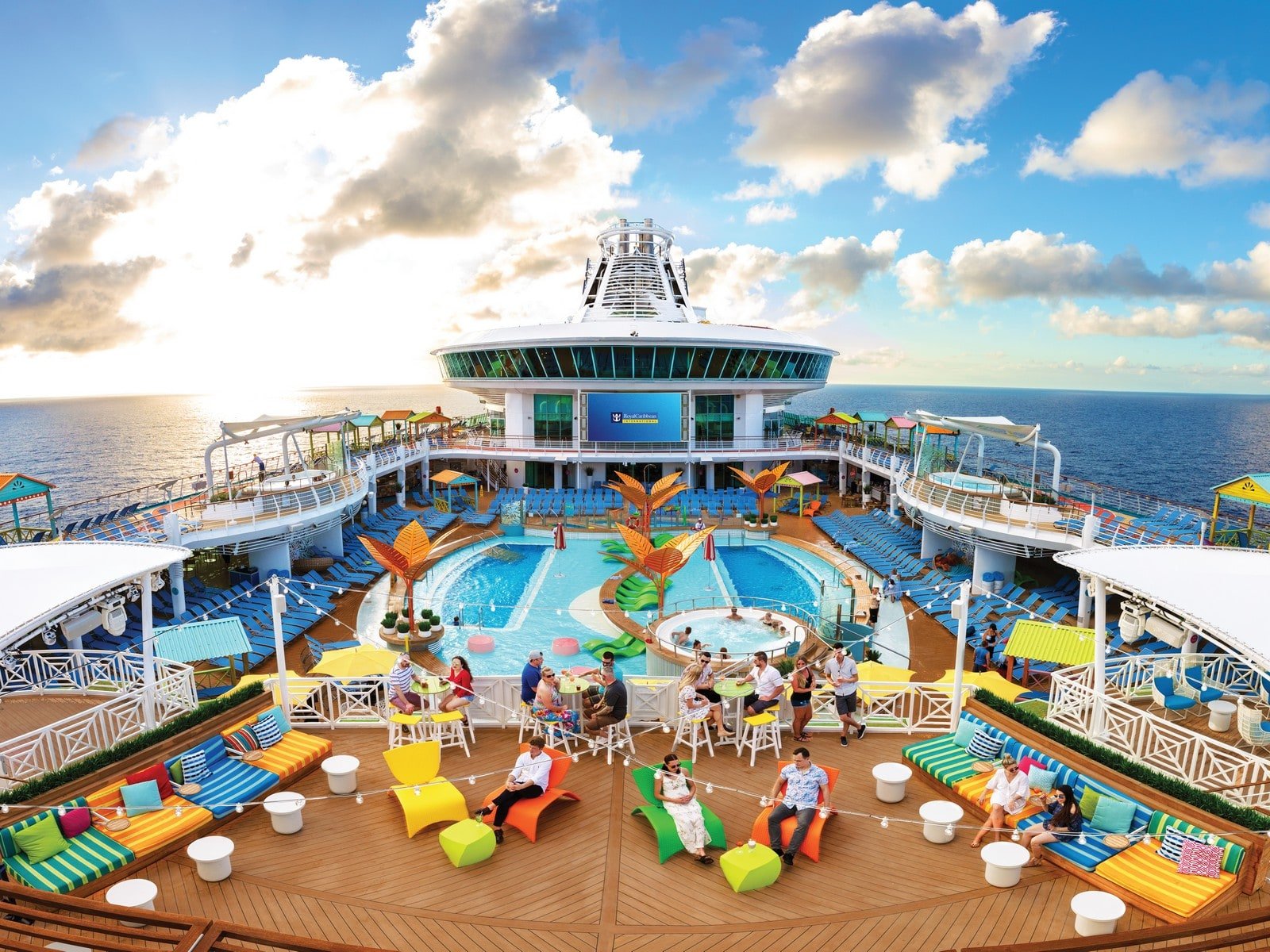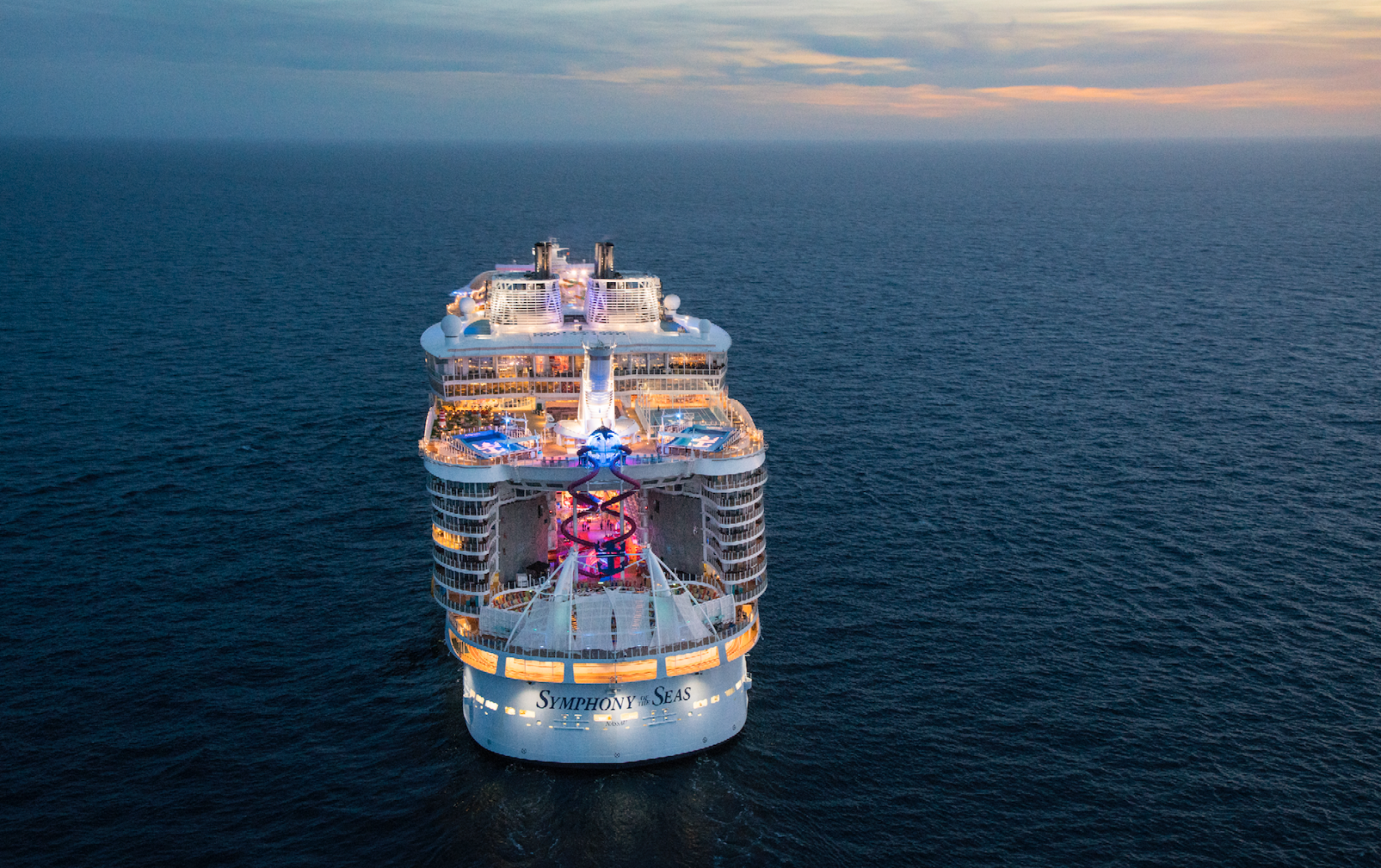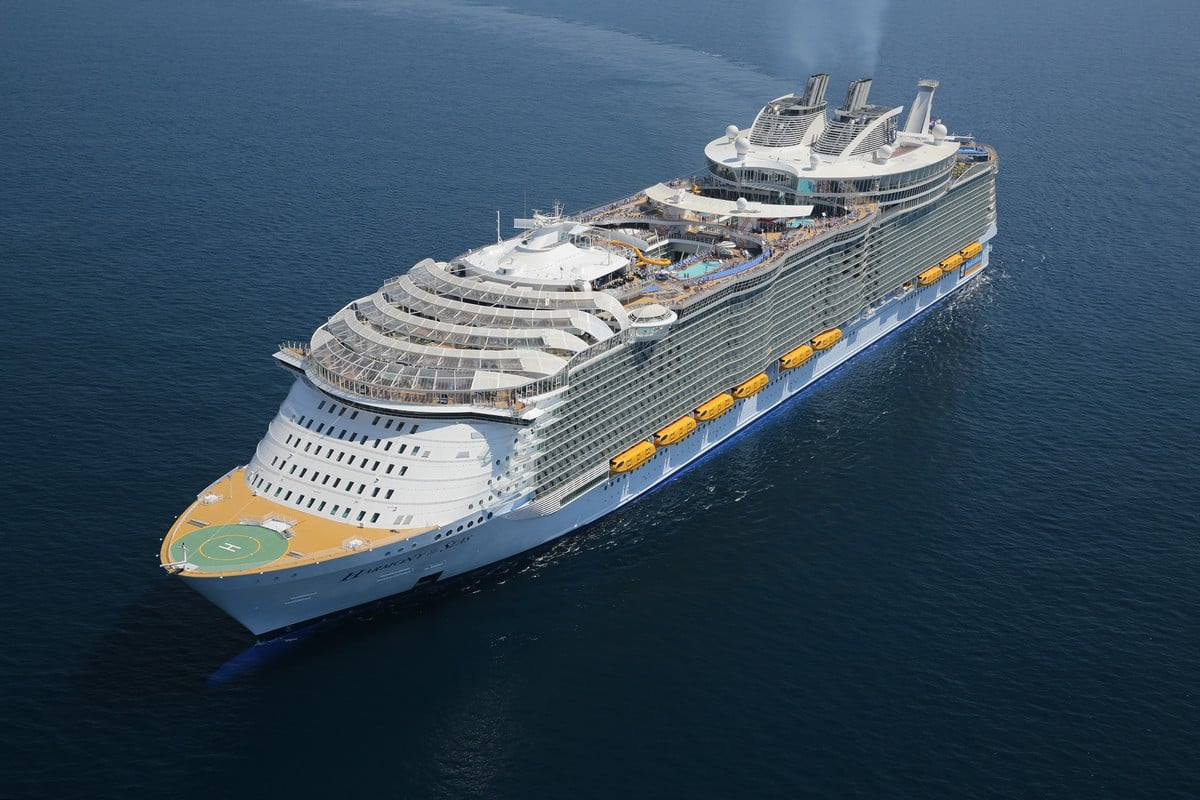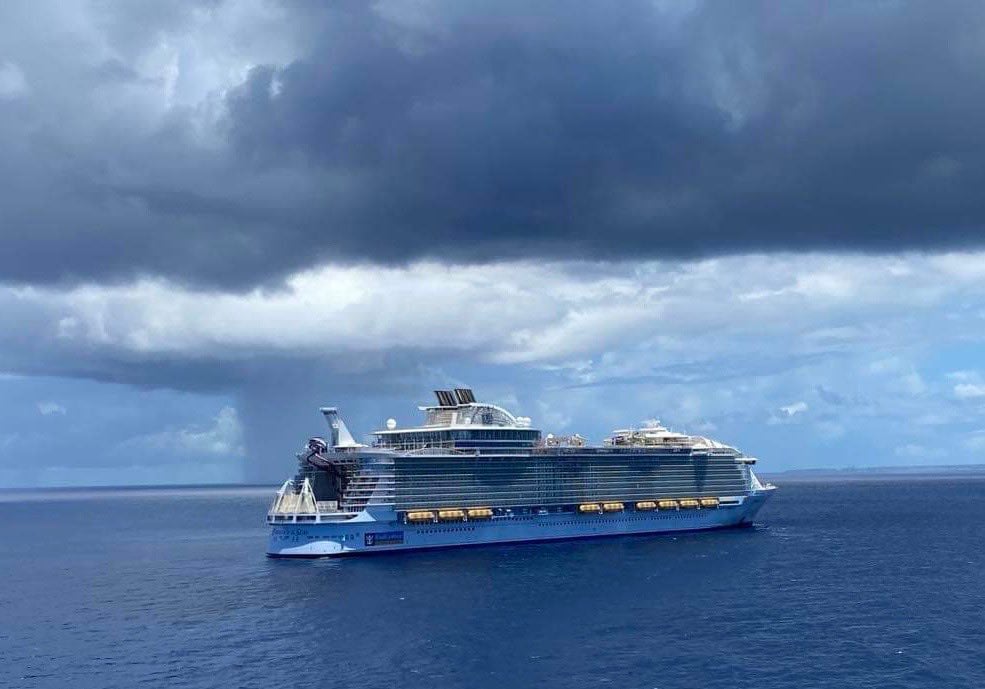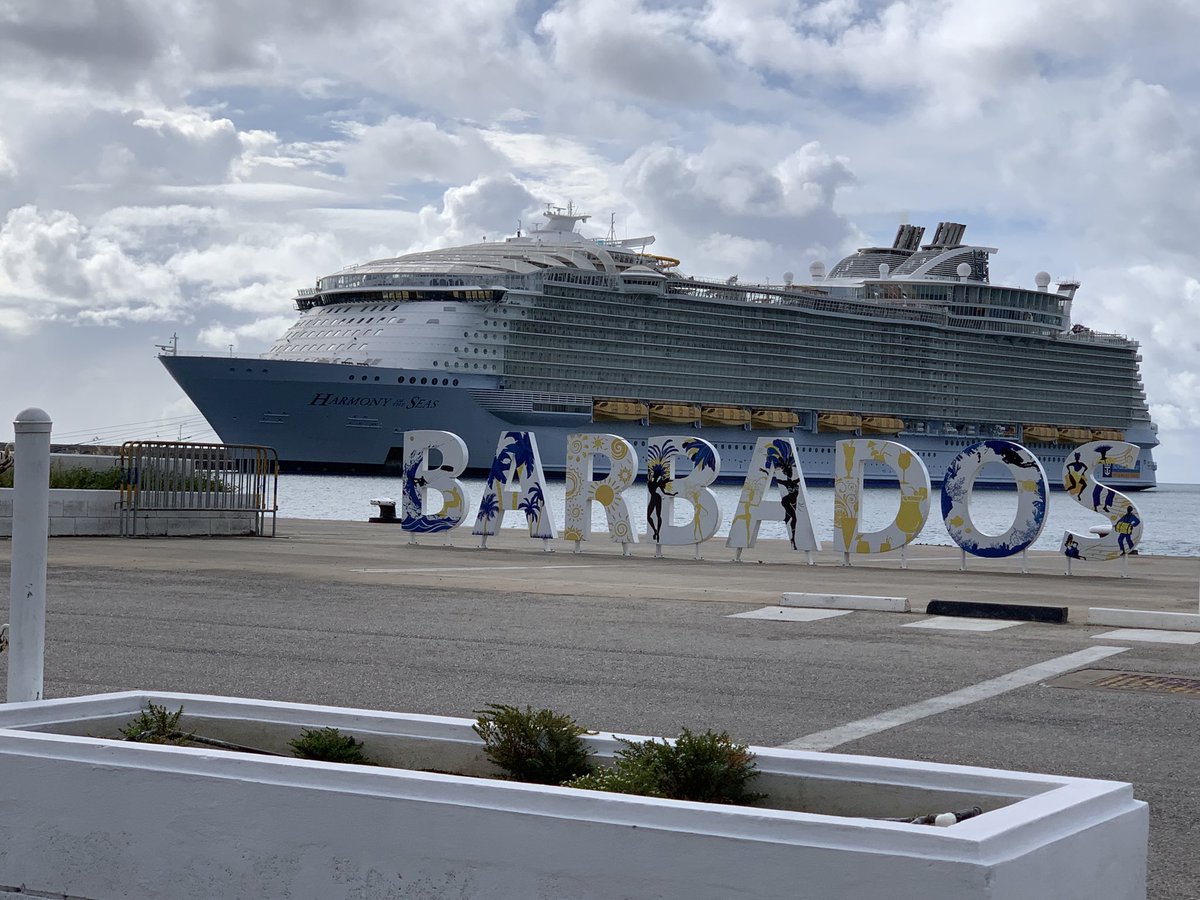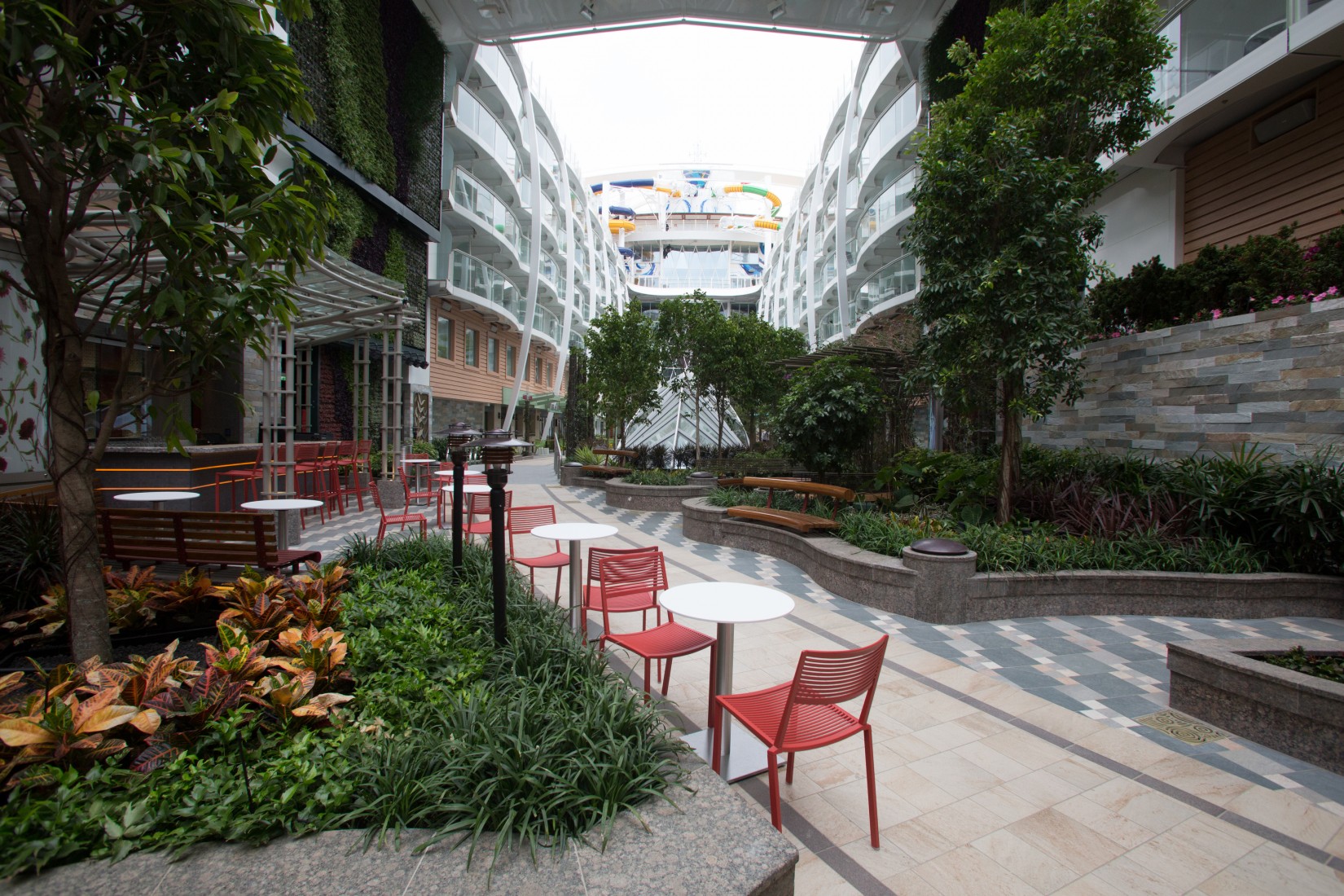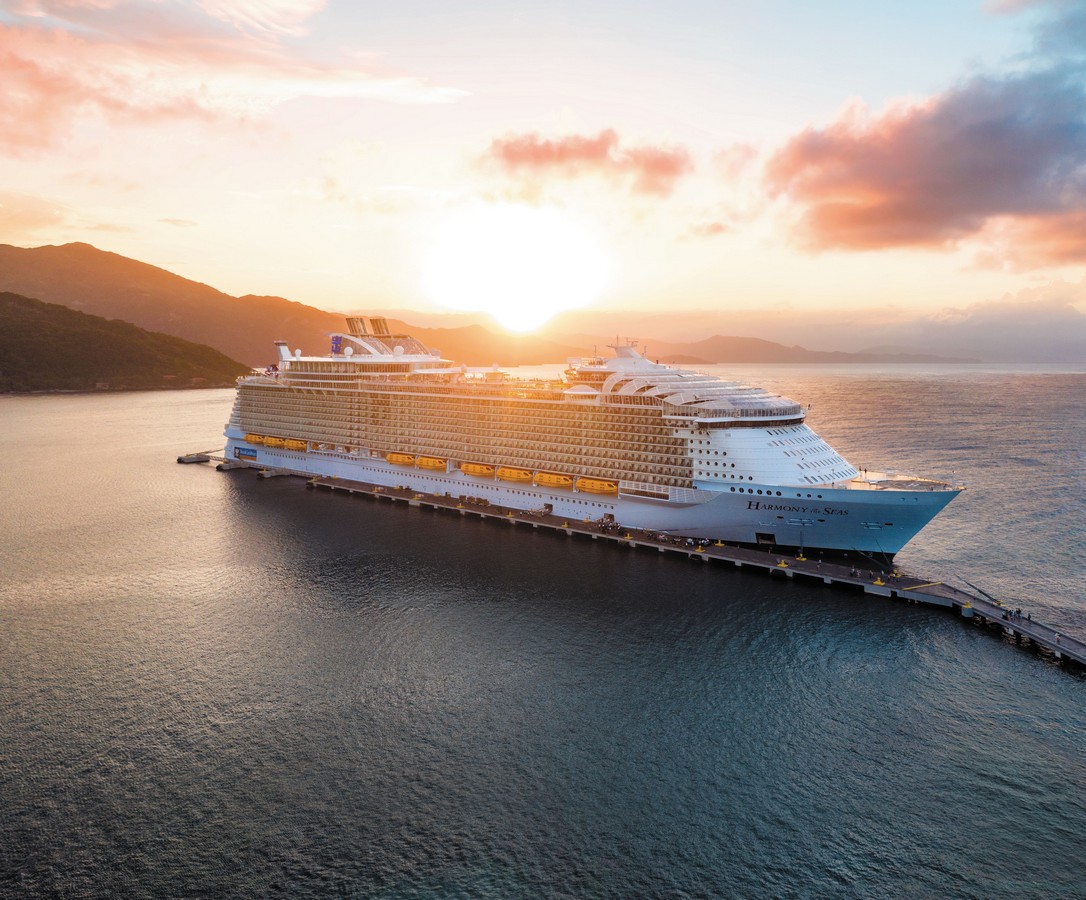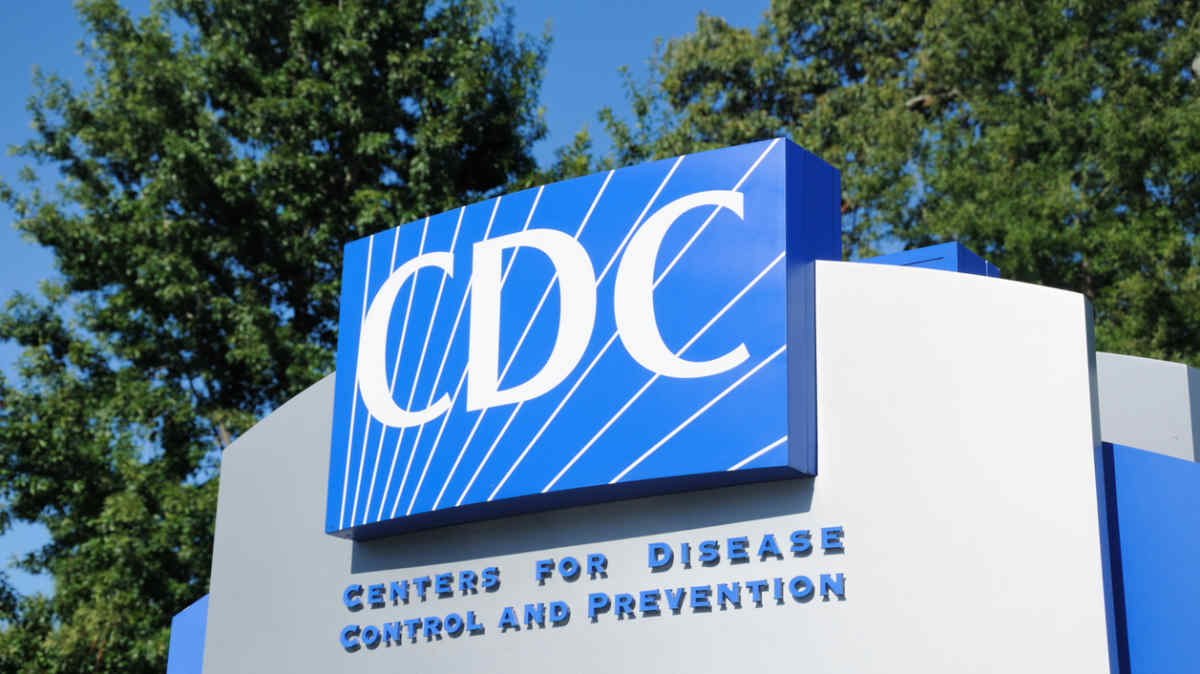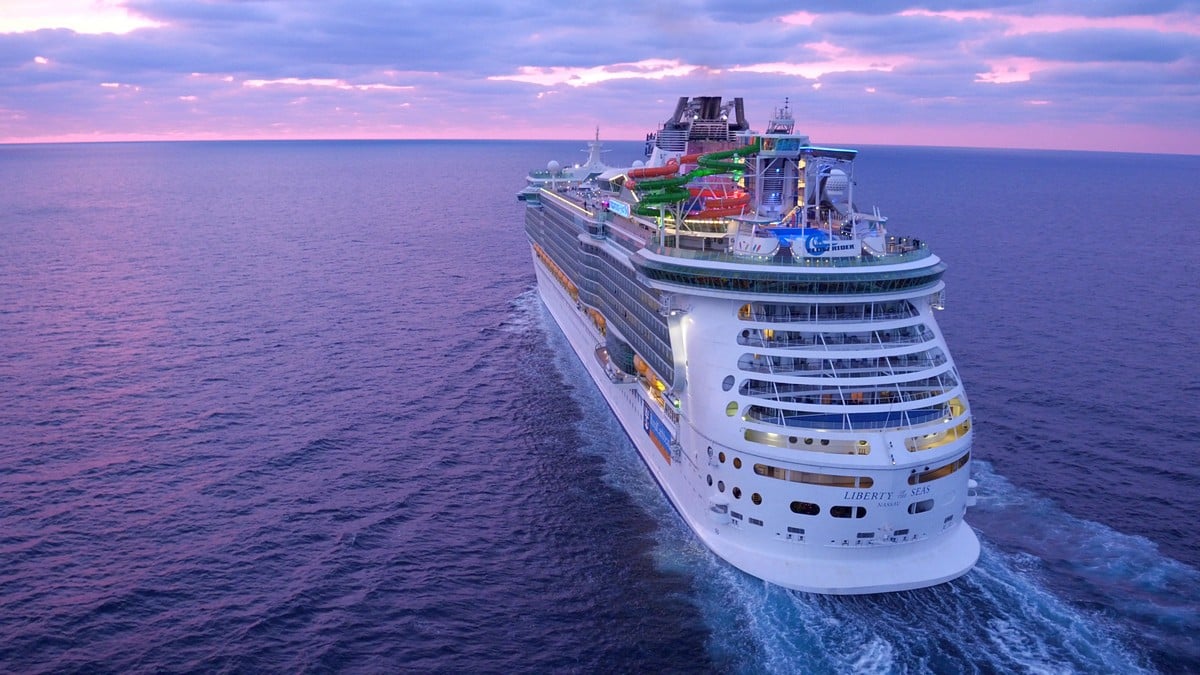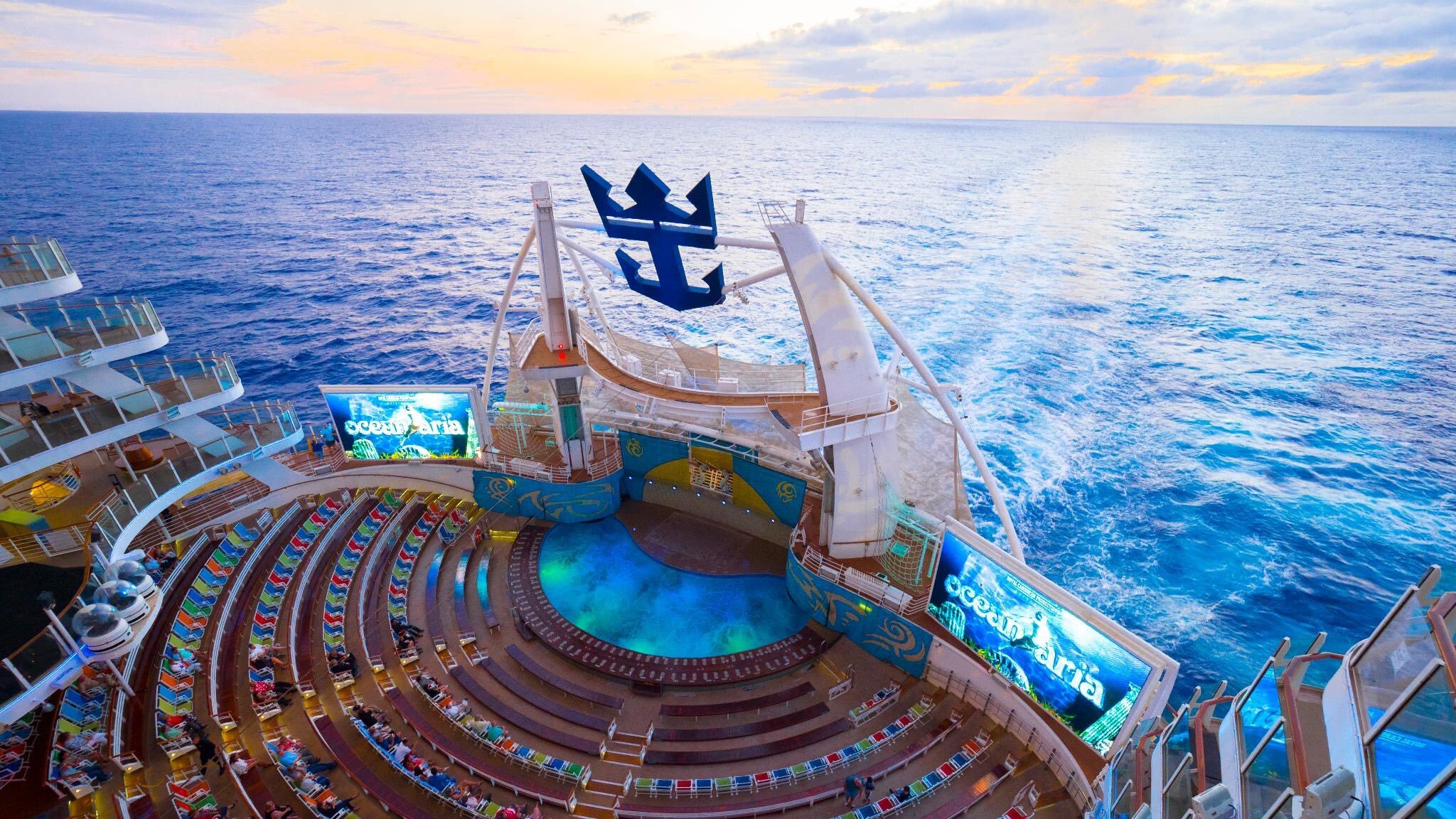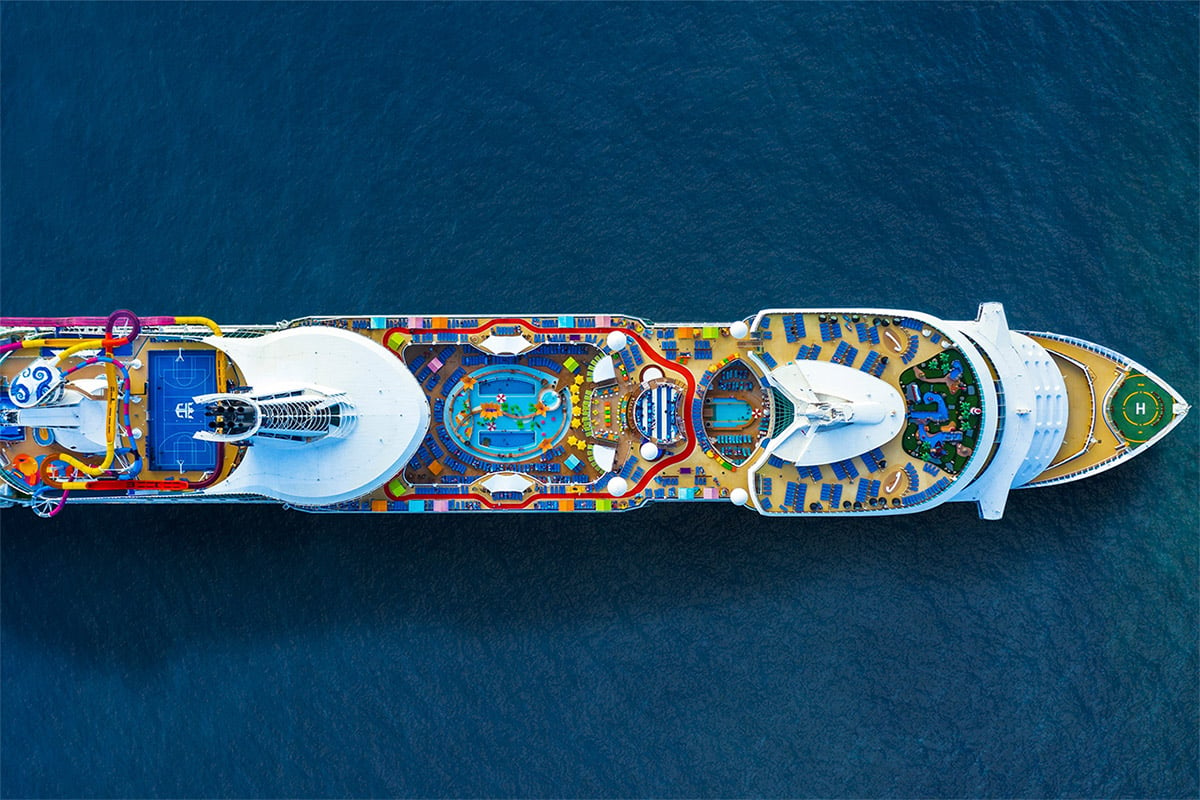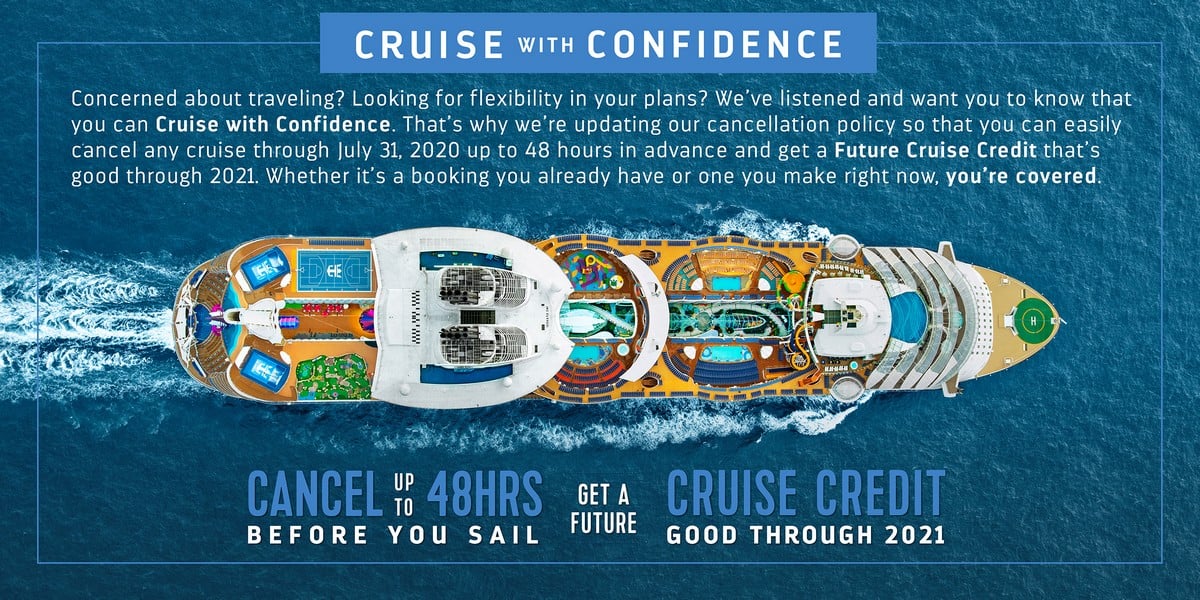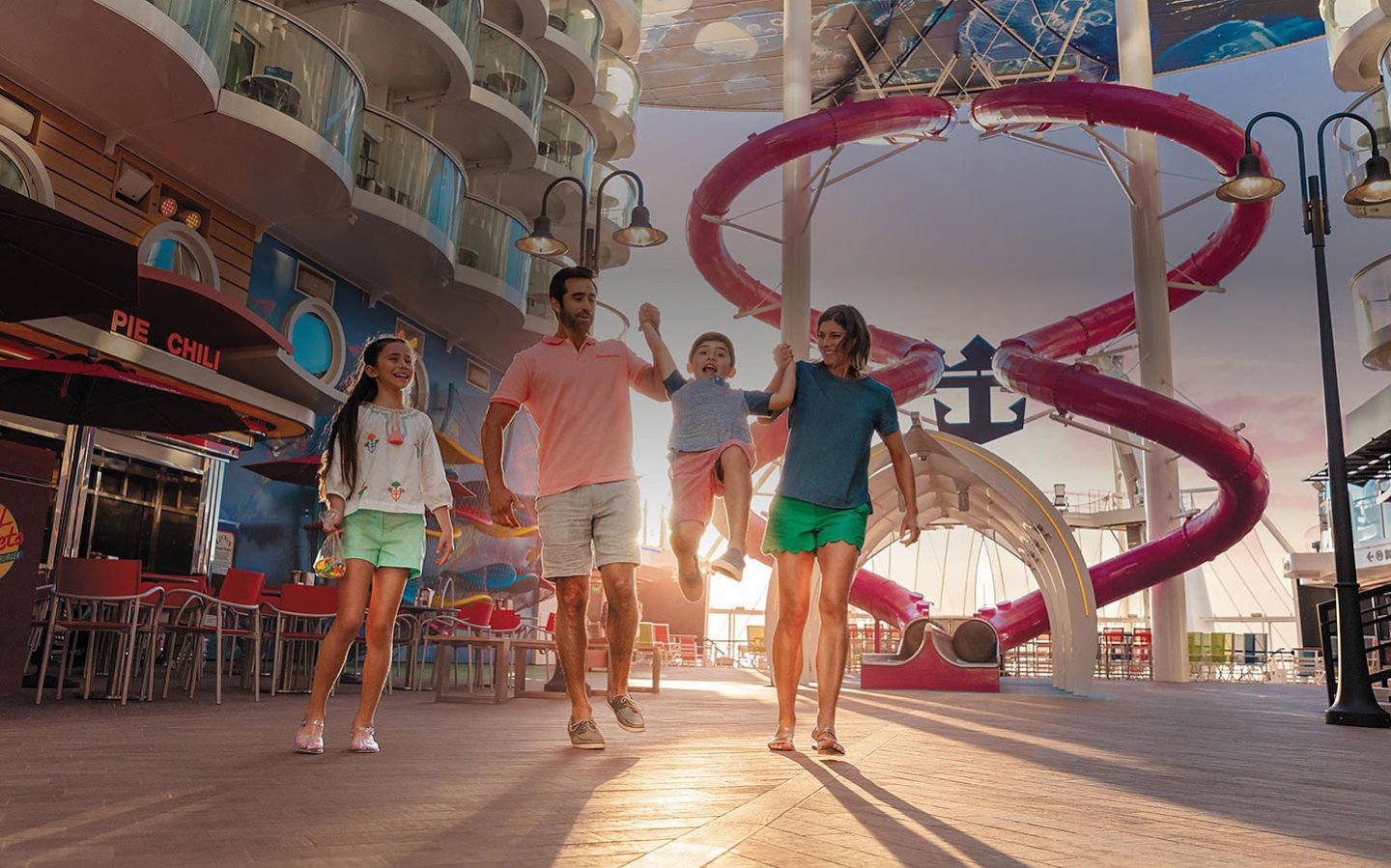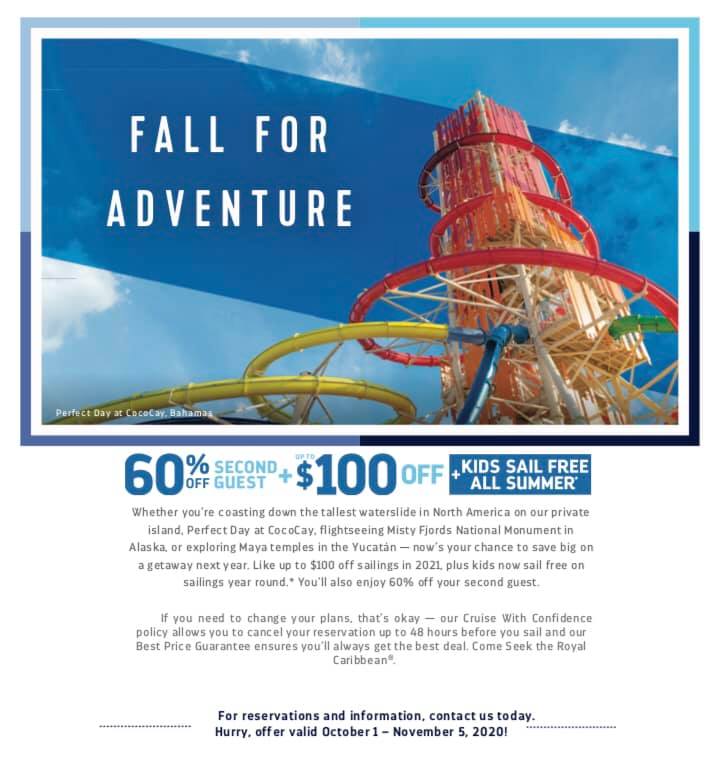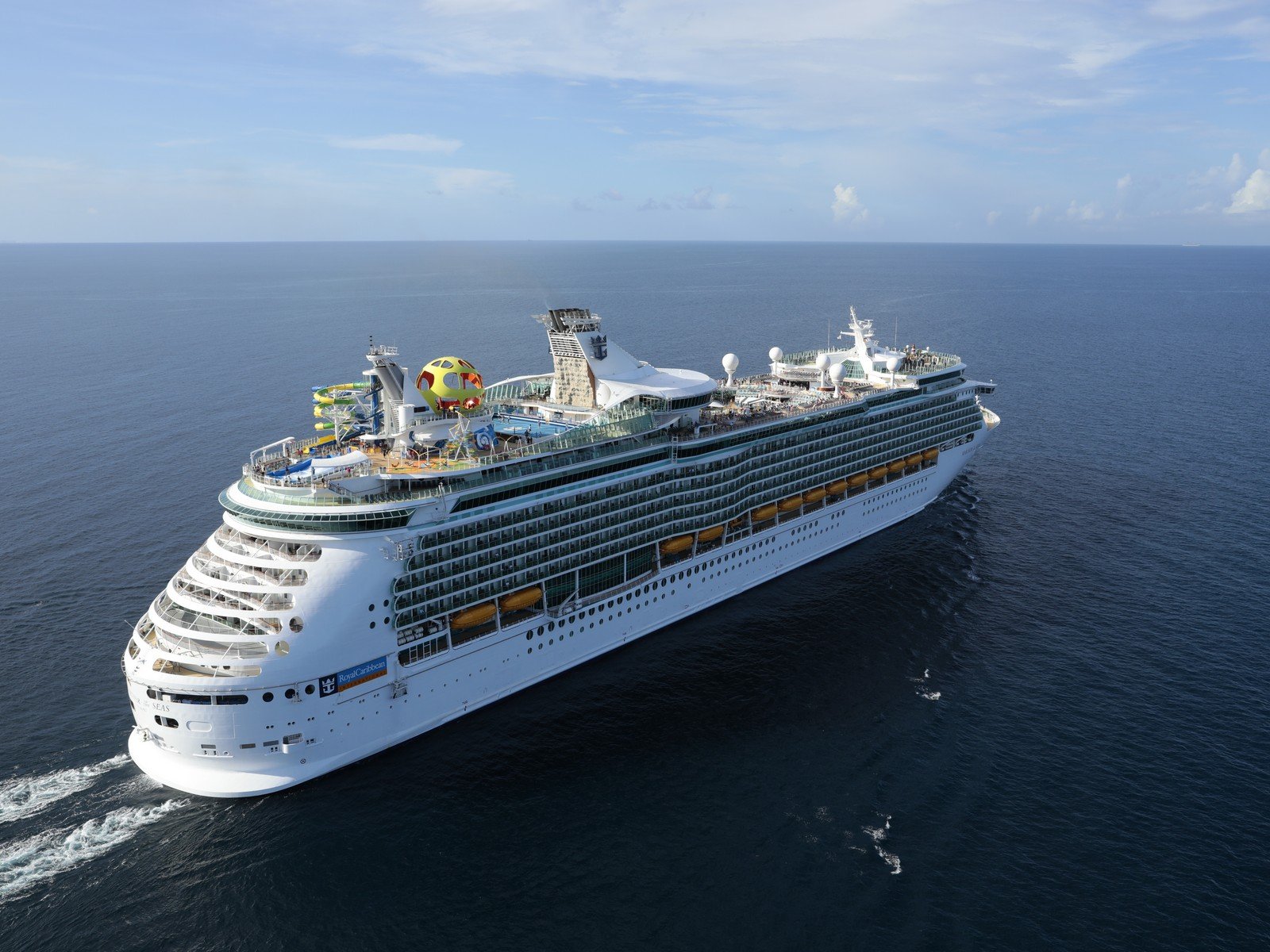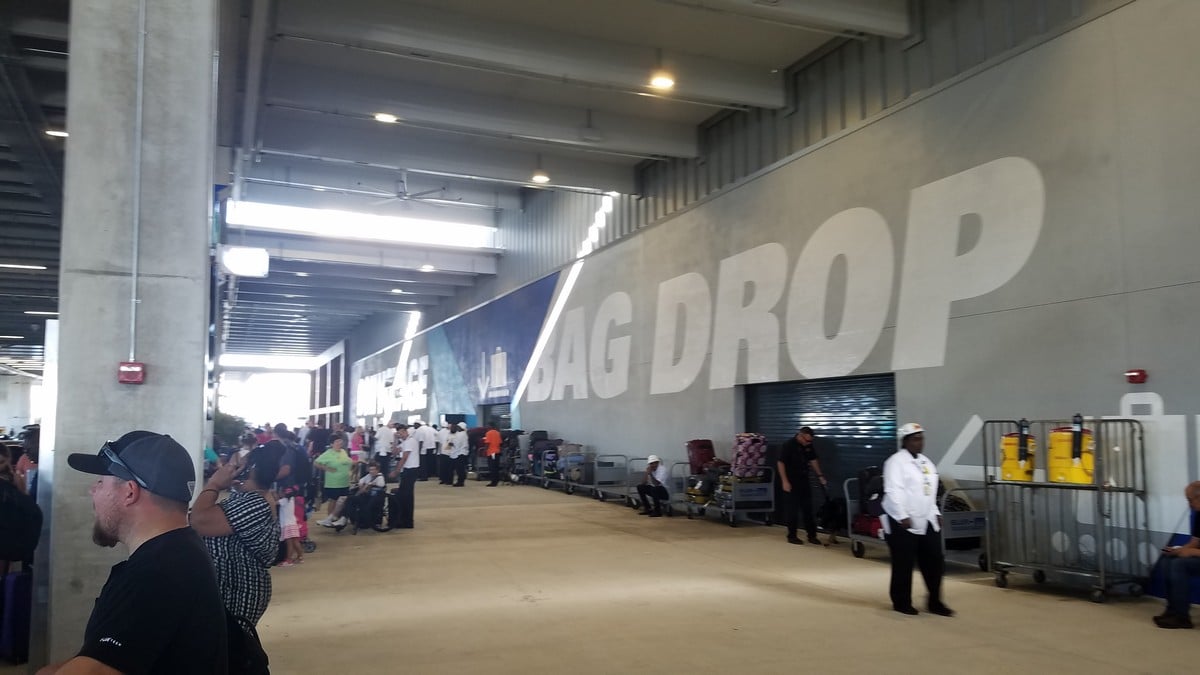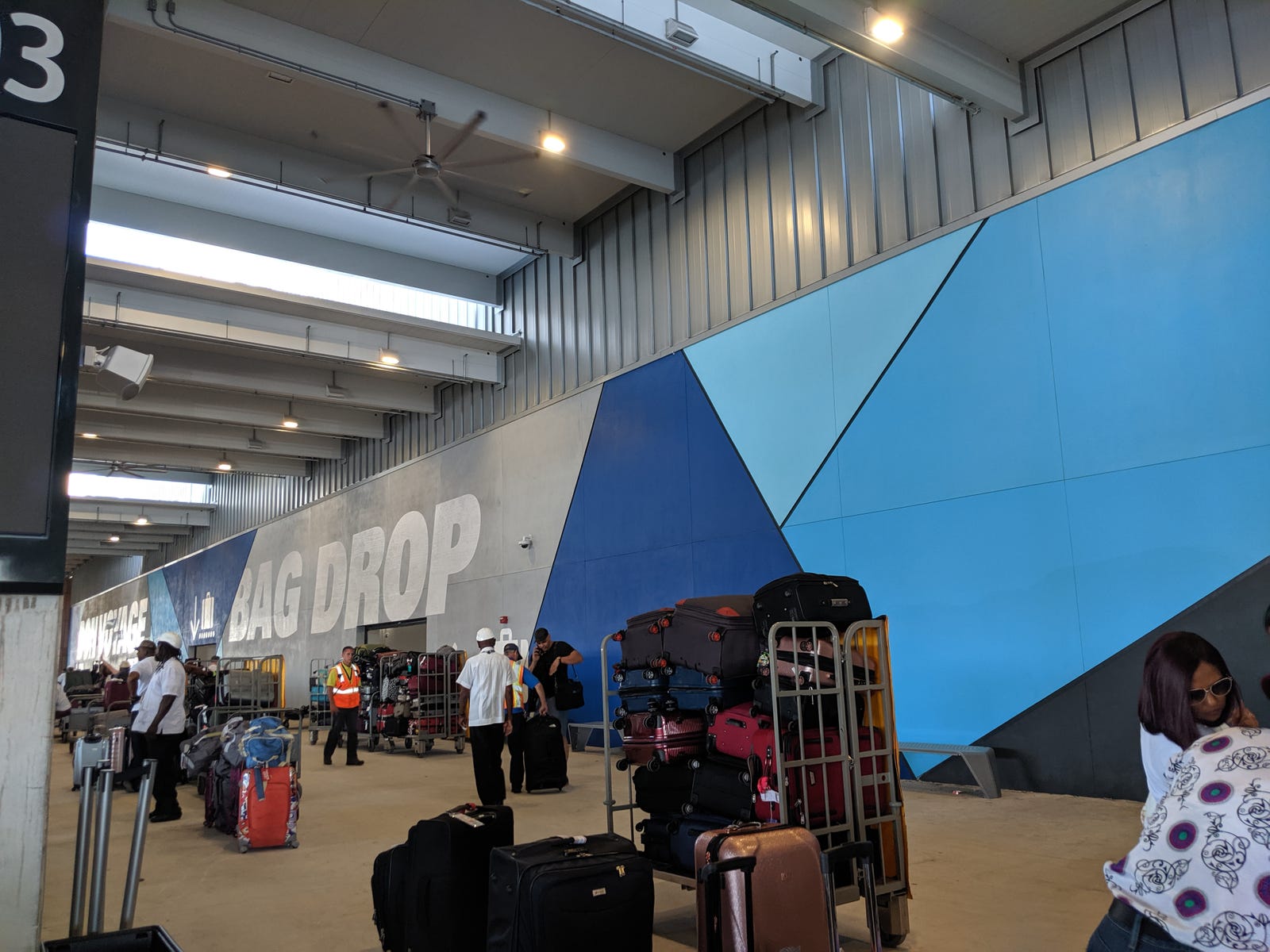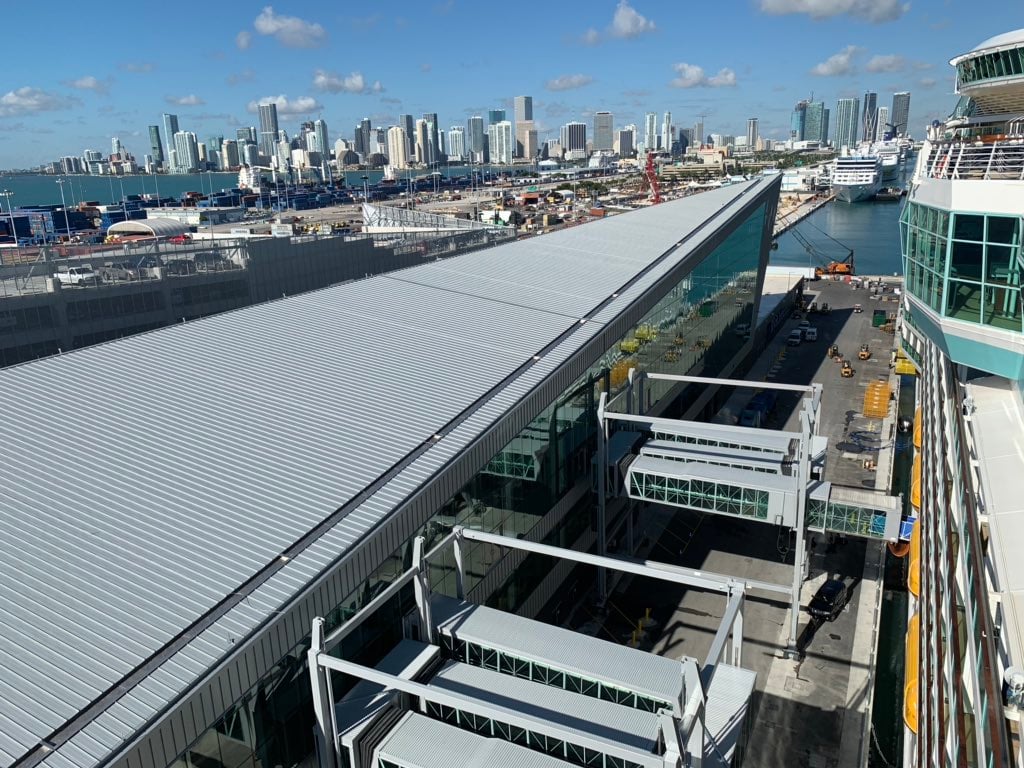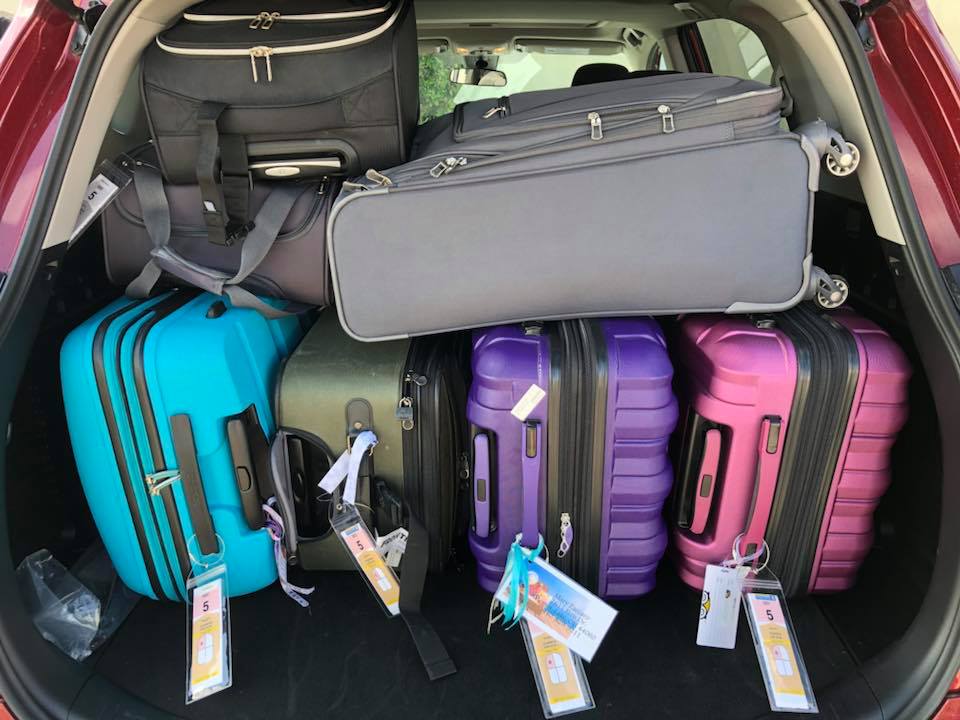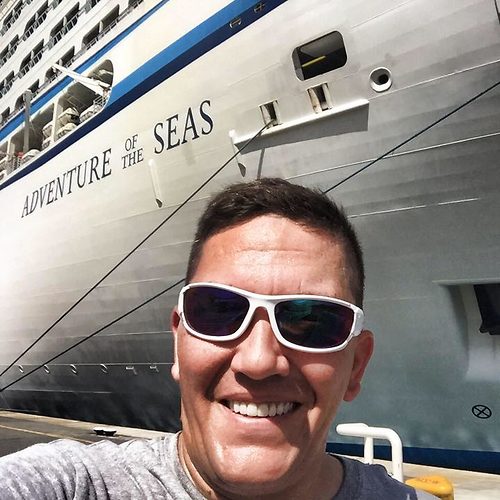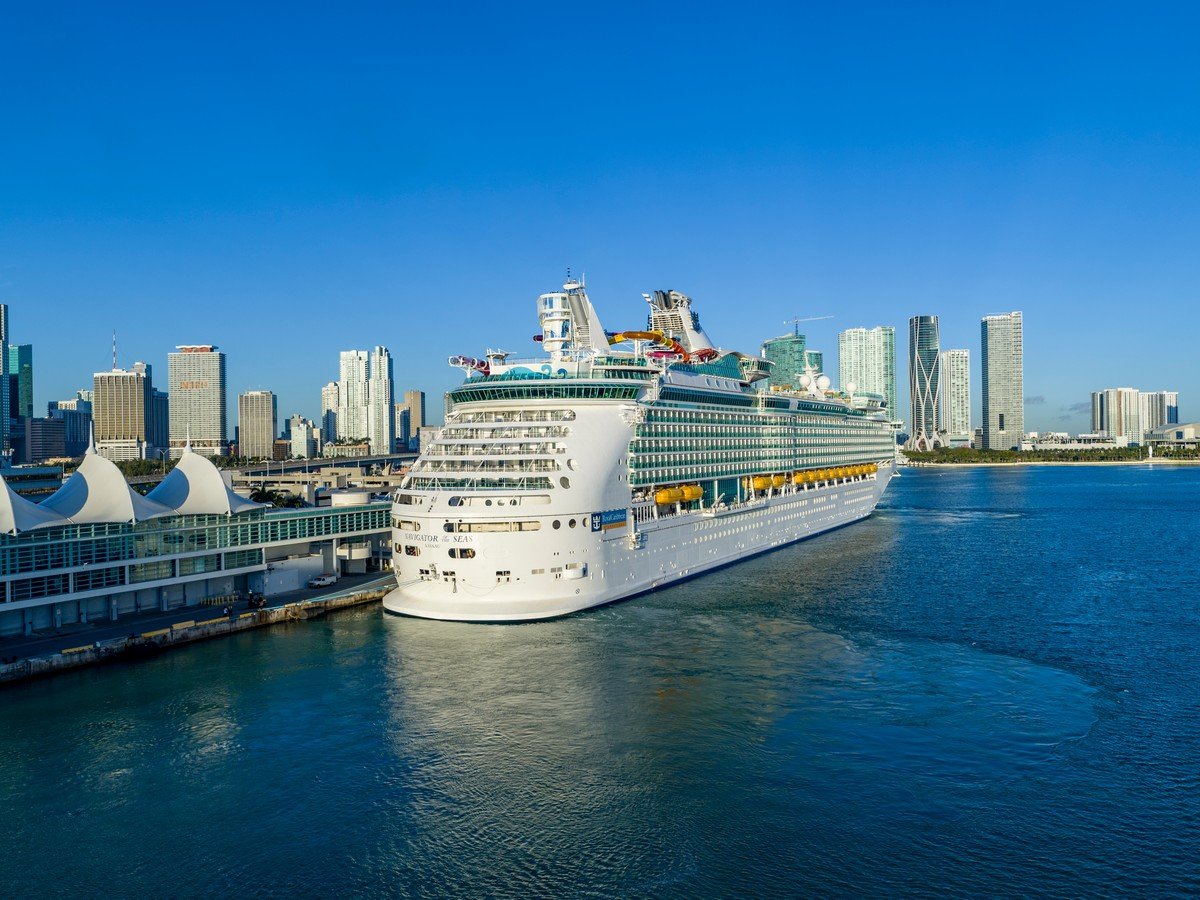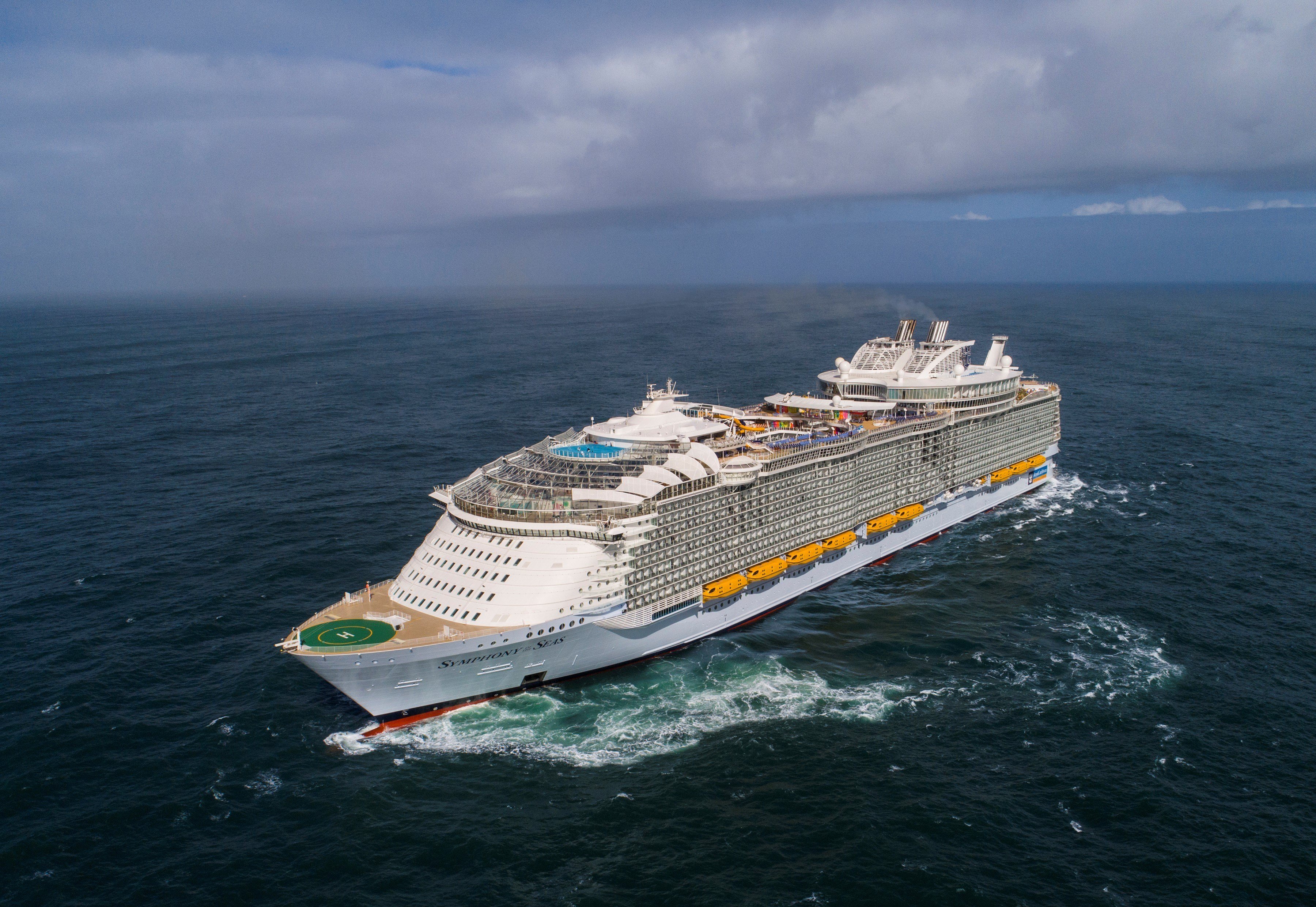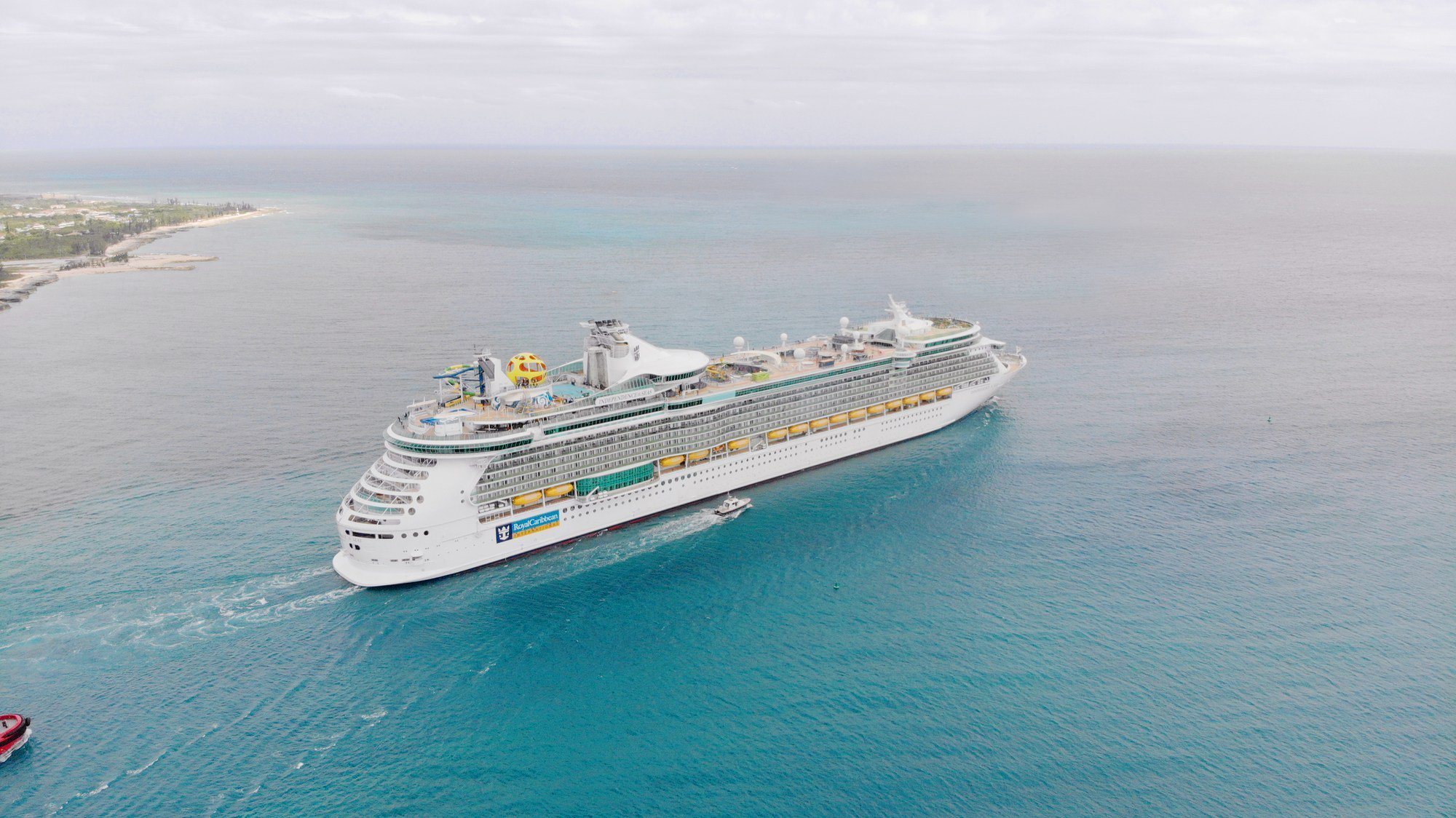Is Royal Caribbean's Kids Sail Free offer a good deal?
In:Royal Caribbean just launched a new offer during the month of October where you can book Kids Sail Free during summer 2021, a time of year that has never been included in the past.
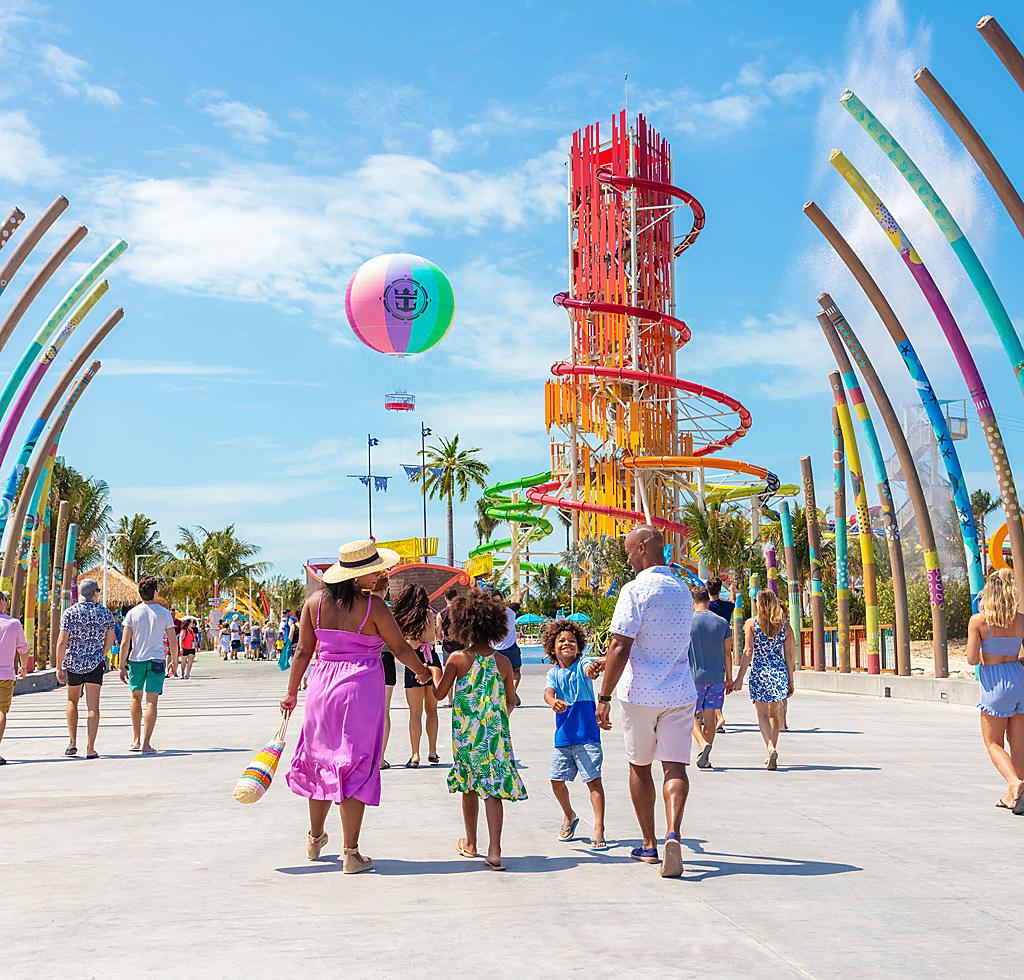
The Kids Sail Free offer is available for new bookings made between October 1 – November 5, 2020, and it provides free cruise fare for 3rd guests and higher who are 12 years old or younger as of cruise departure date, booked in the same stateroom as the first two qualifying guests in a triple or quad-occupancy stateroom.
Kids Sail Free applies to select 3-night or longer Alaska, Bahamas, Bermuda, Canada, Caribbean, CaribNE, Coastal, Europe, Hawaii, and Repositioning sailings departing between November 1, 2020 – December 17, 2020 and January 8, 2021 – December 17, 2021.
Offer excludes 2020 Thanksgiving sailings (Sailings between November 21 – 28, 2020), 2021 President’s Day Sailings (Sailings between February 12 – 15, 2021), 2021 Spring Break and Easter sailings (Sailings between March 13 – April 4, 2021), 2021 Thanksgiving Sailings (Sailings between November 19 – 26, 2021), SR and RD Cruisetours.
Taxes, fees, and port expenses are additional and apply to all guests.
Will it save you money?
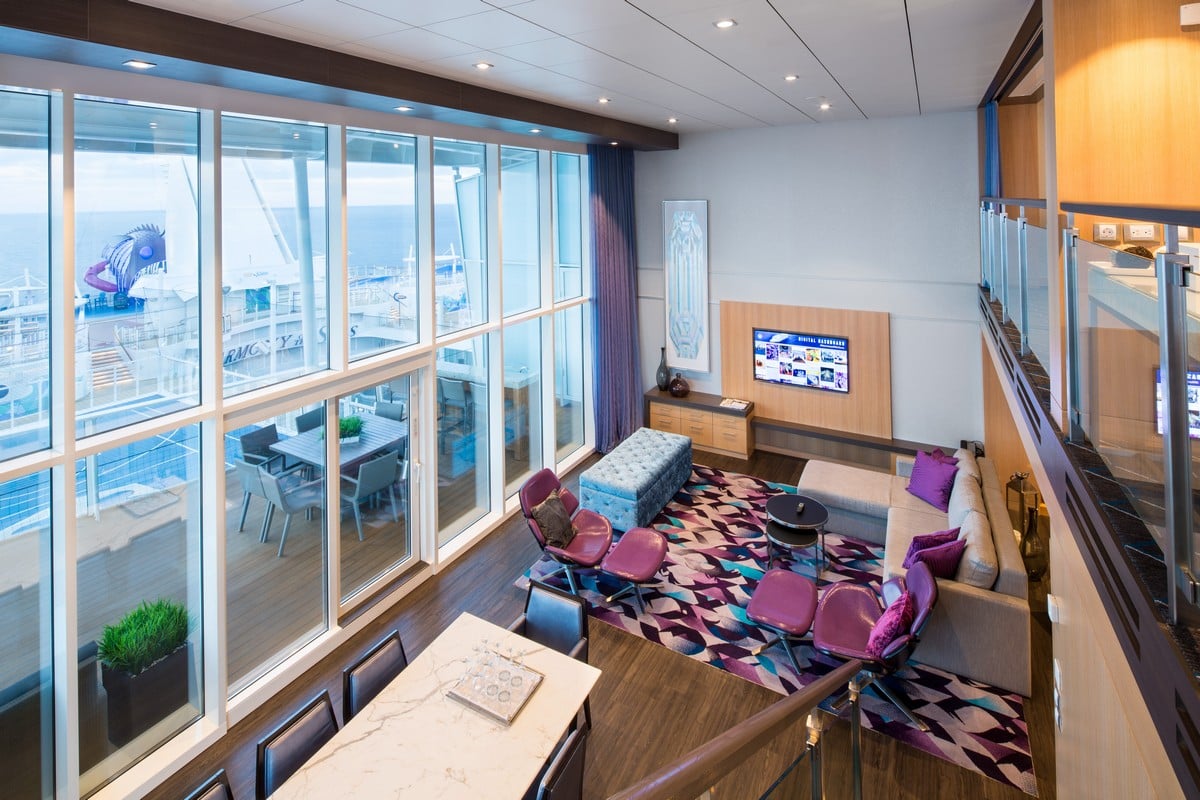
Like all Royal Caribbean offers, it will be more lucrative to some people than others.
No Royal Caribbean promotion is ever an across the board deep discount, so the key is finding the right discount for your family.
The premise of Kids Sail Free is simple: if you have children who are 12 years old or younger staying in the same room as two other people, the kids fare is free (plus taxes and fees).
To illustrate this point, I picked a few sailings to show potential savings. Each quote is for a family of 4 (two adults, two kids) per room.
7-night Oasis of the Seas Caribbean cruise - July 16, 2021
Interior (Category 3V): $3363.80 [$-3,470.00 savings]
Oceanview (Category 1N): $3780.80 [$-3,893.00 savings]
Ocean balcony (Category 3D): $4350.80 [$-4,571.00 savings]
Grand Suite 1 Bedroom: $8501.80 [$-7,904.00 savings]
3-night Navigator of the Seas Bahamas cruise - June 18, 2021
Interior (Category 3V): $1140.68 [$-1,254.00 savings]
Oceanview (Category 3N): $1,261.68 [$-1,391.00 savings]
Ocean balcony (Category 3B): $1515.68 [$-1,781.00 savings]
Grand Suite 1 Bedroom: $3369.68 [$-2,331.00 savings]
7-night Harmony of the Seas Mediterranean cruise - July 11, 2021
Interior (Category 3V): $2195.48 [$-2,609.00 savings]
Oceanview (Category 1K): $3,575.48 [$-3,585.00 savings]
Ocean balcony (Category 3D): $2682.48 [$-3,546.00 savings]
Grand Suite 1 Bedroom: $10194.48 [$-7,460.00 savings]
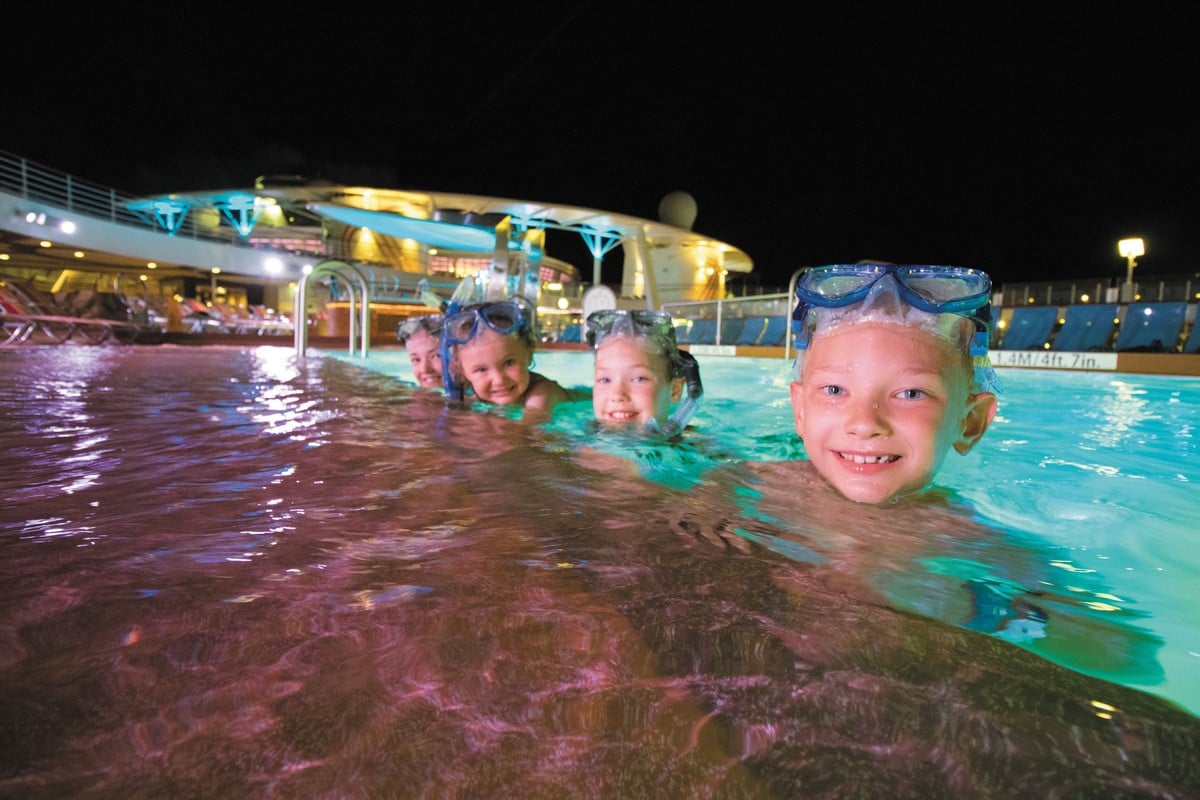
Savings noted for each quote are for just the 60% off second person & Kids Sail Free offer. Other discounts may apply.
In short, the Kids Sail Free deal does in fact offer savings for third and fourth passengers. If you price out the same sailings and cabin configuration with the same category room for just two passengers, the price is very similar to the price with 4 passengers.
As you can see, the savings are significantly greater when you booking a more expensive room, especially suites.
When comparing prices, be sure to compare the same category rooms. Switching between 2 or 4 passengers often has different category rooms that come with different pricing.

